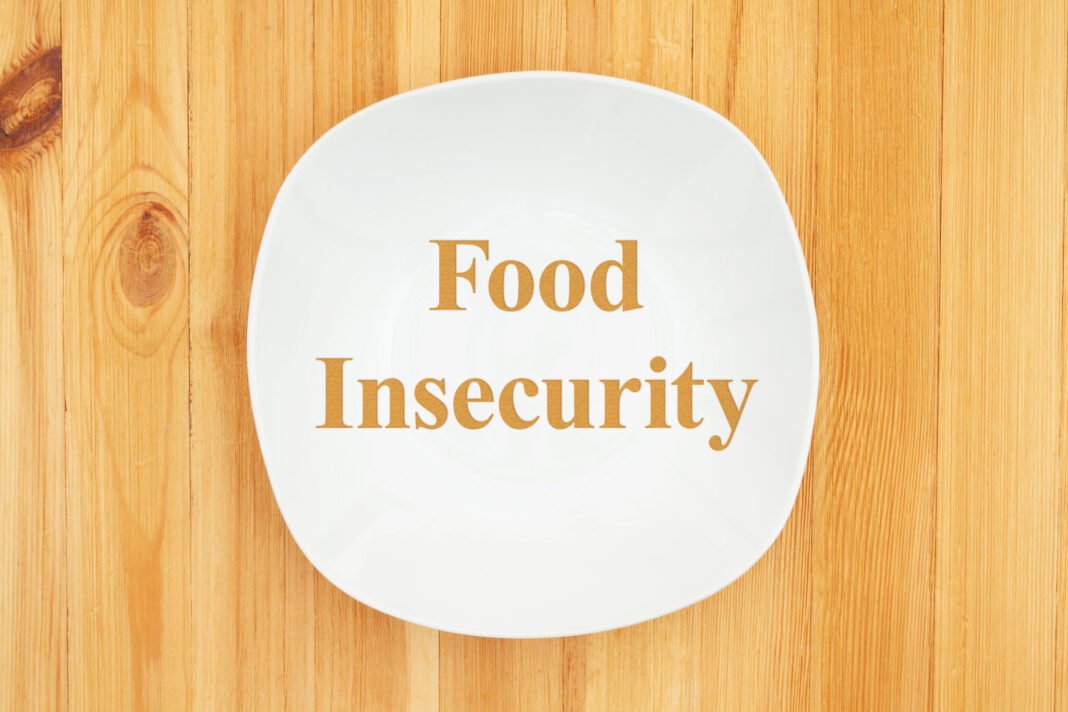Gilgit-Baltistan, the mountainous region, is situated on the northern outskirts of Pakistan and has a population of around 2.1 million, with 49% female and 50.8% male. The growth rate is 2.15, and the total fertility rate is 4.7. It is known for its stunning natural beauty, rich cultural heritage, and strategic significance.
The total area of GB is 72971 sq km, but mountains and glaciers cover the most significant part, about 66% of the total area. The total cultivable land is only 2%, and 50% is cultivable. Due to limited cultivable land and urban sprawl, Gilgit city has diminished available farmland, replacing fertile fields with concrete structures. This expansion has disrupted the traditional agricultural landscape. Along with this, the dramatically increasing population and climate change reinforce food insecurity in the region.
GB is facing many socio-economic, cultural, and environmental challenges. The lack of infrastructure and inadequate connectivity to the rest of the world posed a considerable challenge. Lack of access to quality healthcare services and education is another potential hindrance. Food Insecurity is one of the significant challenges in the region. Food insecurity is when an individual or household lacks access to sufficient, safe, nutritious food to maintain an active and healthy life.
Food insecurity is the primary cause of malnutrition, which refers to deficiencies or excesses in nutrient intake, imbalance of essential nutrients, or impaired nutrient utilization. Current inflation, poverty, recurring disasters, and political and economic volatility drive food insecurity in the region of GB. Food insecurity leads to all forms of malnutrition, i.e., undernutrition, hidden hunger, and overnutrition.

Malnutrition among children under 5 is an emerging issue in the region. According to the National Nutrition Survey- 2018, the nutrition status of children under five in GB is alarming and needs to be addressed at the earliest convenience. 46.6% of children are stunted under five, 12.2% suffer from wasting, and the overweight percentage is 9.4.
Another concerning factor contributing to malnutrition is poor maternal and child health care practices from the conception of pregnancy to the second birth of a child, the initial 1000 days. Not all mothers are sufficiently informed about the importance of breastfeeding during 1000 golden days.
The National Nutrition Survey (NNS 2018) indicates that 20.1% of women start early breastfeeding initiation and 54.9% exclusive breastfeeding in the region. The PSLM 2018 Indicates women of reproductive age overweight women are 19.6%, and underweight women are 10.1%.
Children under the age of five suffer from chronic poor nutritional status due to deficient intake of some of the essential micronutrients like vitamin A, vitamin D, Zinc, folic acid, and iron during critical stages of physiological changes of pregnancy and child growth. These figures of malnutrition under the age of 5 worsen due to the recurring floods and looming inflation in the GB.
The issue of maternal children’s health and nutrition needs to be addressed urgently as it is emerging and affecting countless households.
There is a critical window of golden opportunity from conception to two years of age to prevent child stunting. During these 1000 days, a healthy diet and proper care are essential. Maternal micronutrient supplements (MMS) programs prevent and control nutrient-related deficiencies in pregnant and lactating mothers and infants. Iron and Folic Acid (IFA) are highly beneficial for adolescents and pregnant mothers to prevent anemia.
Adolescence (12-15) is the second-fastest growth period after infancy. This growth period is the second window of golden opportunity as the adolescent growth stage describes the onset and progression of pubertal changes known as the Tanner stage. Nutrient and caloric requirements are significantly increased to meet growth and developmental demand correlated with the tanner stage. The estimated caloric requirement for adolescent girls is 2070 to 2400 per day, with a protein requirement of 46g. This requirement should be met for healthy growth and development.
Proper Nutrition at the right time, especially during adolescence, can secure the healthy well-being of mothers and children and lead to a healthy generation. To address the malnutrition and nutritional needs of infants, mothers, and adolescent girls, UNICEF has developed 10 interventions. These interventions not only improve the nutritional status of children but also of mothers and adolescent girls.
Action 1: Breastfeeding within the first hour of life is vital to children’s survival.
Action 2: Exclusive Breastfeeding in the six months of life makes the child healthier.
Action 3: Solid foods and mothers’ milk after months of age help infants increase and grow.
Action 4: The right Foods in the quantity and quality fed frequently from 6 to 24 months ensure optimal growth and development.
Action 5: Good hygiene and clean hands keep young children healthy and strong.
Action 6: Iron and vitamin A supplementation and deworming protect young children from disease and anemia.
Action 7: Nutritious food given frequently during and after illness is necessary for the child’s recovery.
Action 8: Life-saving food and care given at the right time save severely malnourished children.
Action 9: Improving adolescent girls’ nutrition today will secure children’s nutrition tomorrow.
Action 10: Better nutrition, particularly during pregnancy and lactation, is essential to women’s health.
This essential nutrition should be implemented in households and among family members, especially husbands, who should be informed about the proper nutritional care for lactating and pregnant mothers. Girls at their adolescent age should be taught about proper nutrition care and its importance for the rest of their lives and their maternal life.
Maintaining a nutritious diet with a healthy lifestyle during adolescence can pave the way for healthy mothers, and a healthy mother, in turn, lays the foundation for a healthy generation.




